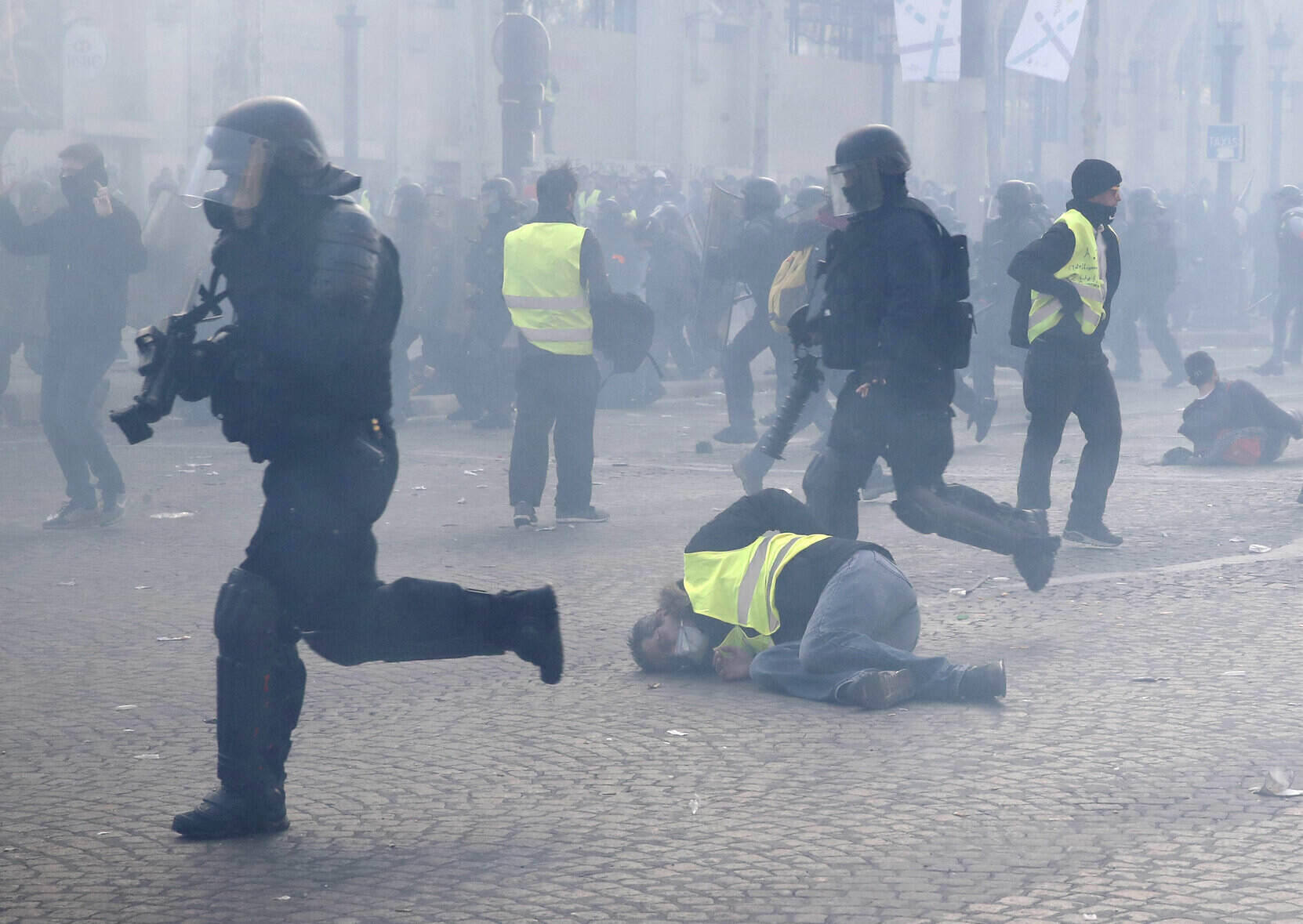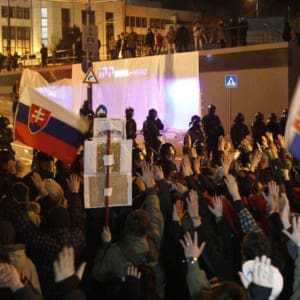Murders and violent crimes are significantly more prevalent in France in the first half of this year than two years ago, during the turbulent times of the yellow vest protest movement, an analysis by Le Figaro indicated. Tensions in society are rising, and physical assaults have never been more frequent than in the first six months of this year. There have been a total of 350,000 assaults already, compared to 300,000 in the first six months of last year.
In the first half of 2019, there were 320,000 such physical assaults. The statistics include assaults of all kinds, from attacks in the street, at school, between partners or within the family, against the police, at police stations, and on firefighters. On average, there are 2,000 attacks each day in France, Le Figaro calculates, adding that these are just the assaults reported to the police.
This year’s number of attacks increased by 16 percent compared to last year, but the telling value of this increase is made salient by the fact that in the first half of last year, the French spent two months in quarantine. If this year’s figures are compared to 2019, when there were numerous anti-government protests throughout France by the so-called yellow vests, who often caused fights, the increase is ten percent.
The frequency of violence varies from one part of the country to another, with the top ten departments covering five overseas areas outside France. Martinique, Guadeloupe, and Guyana are not only experiencing a social and migration crisis but are also struggling with large-scale drug trafficking. For mainland France, the situation is the worst in Paris and the neighboring department of Seine-Saint-Denis, which is probably the worst French no-go zone, where the laws of the republic seem practically invalid.
“It’s a social struggle: violence is rooted in the poorest neighborhoods, which are sometimes so neglected that economic and social problems have begun to flourish… (Violence) mainly affects the least wealthy,“ said President Emmanuel Macron in an interview with Le Figaro in April. He promised at the time that he would fight for the “right to a peaceful life” for all citizens.
According to Le Figaro, the growing social tension is also evidenced by the rising number of murders and attempted murders. From January to June this year, police in France dealt with more than 2,200 of them, which is 12 percent more than in the first half of 2019.
Statistics on sexual assault also show deterioration, but according to the Ministry of the Interior’s statistical department, this may only be due to a higher proportion of reported assaults combined with greater openness in society and better care for victims of sexual crimes.
Finally, the statistics also offer slightly optimistic data. In the first half of this year, for example, the number of thefts of car equipment, armed robberies, or burglaries decreased.
Title image: In this March 16, 2019 file photo, riot police officers charge as a yellow vests demonstrator falls in Paris. (AP Photo/Christophe Ena, File)





